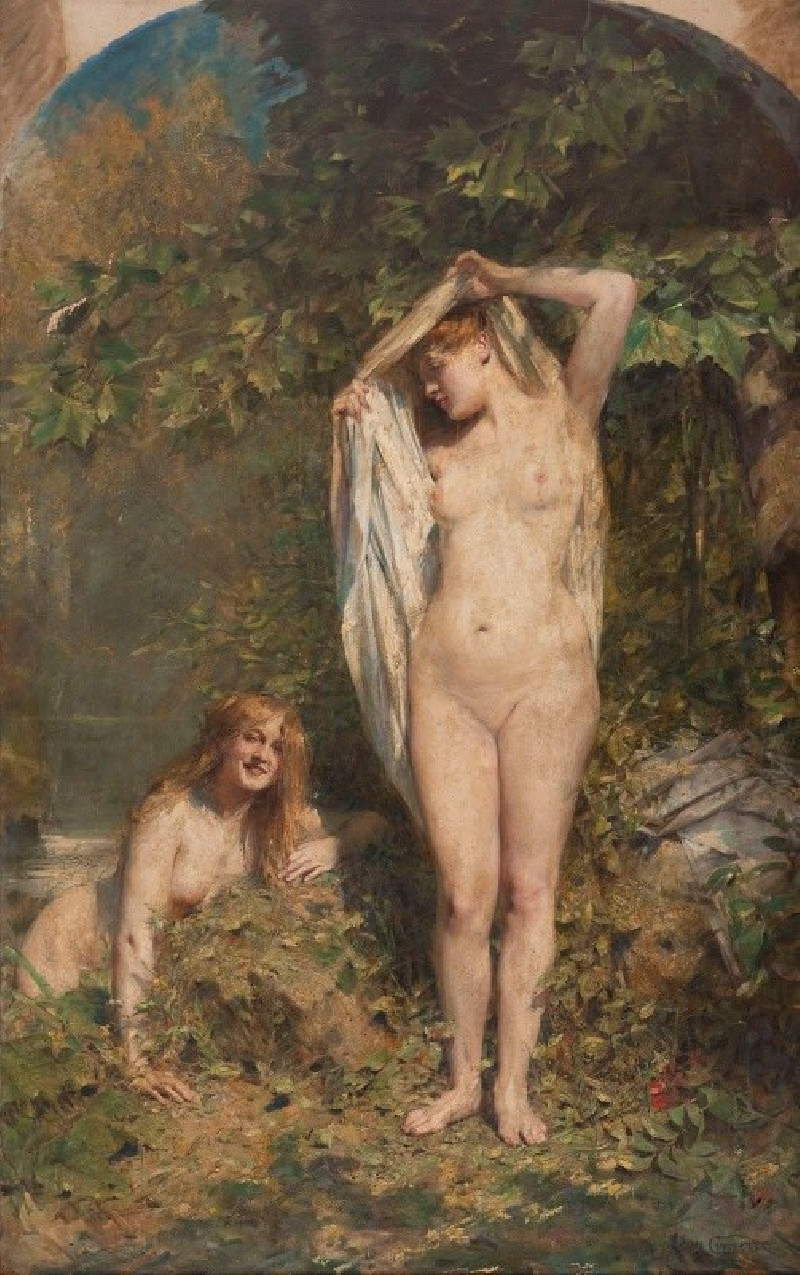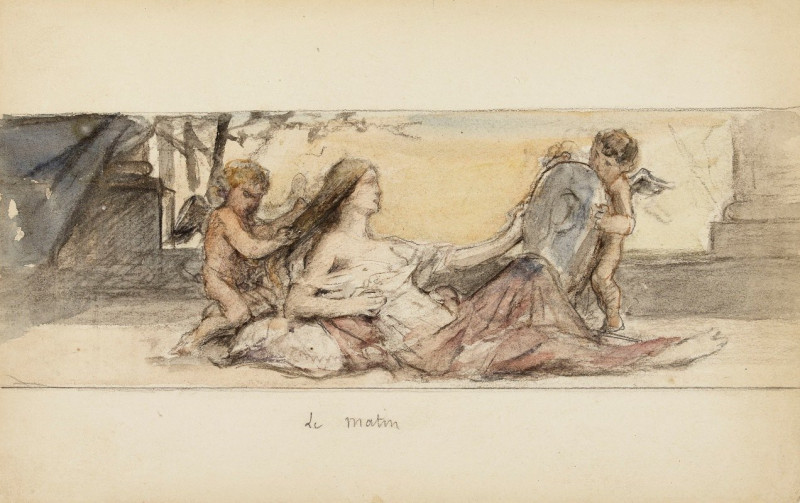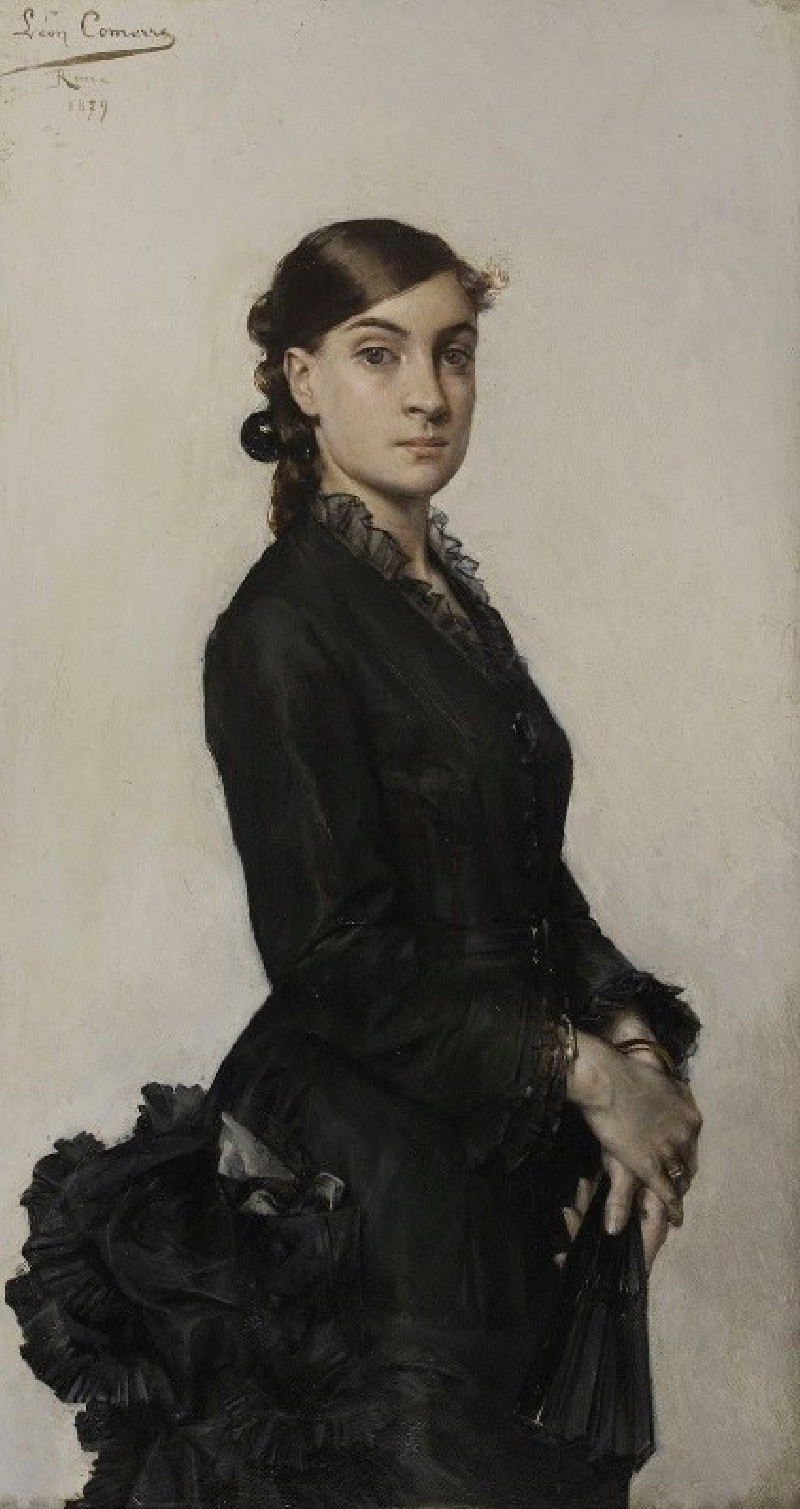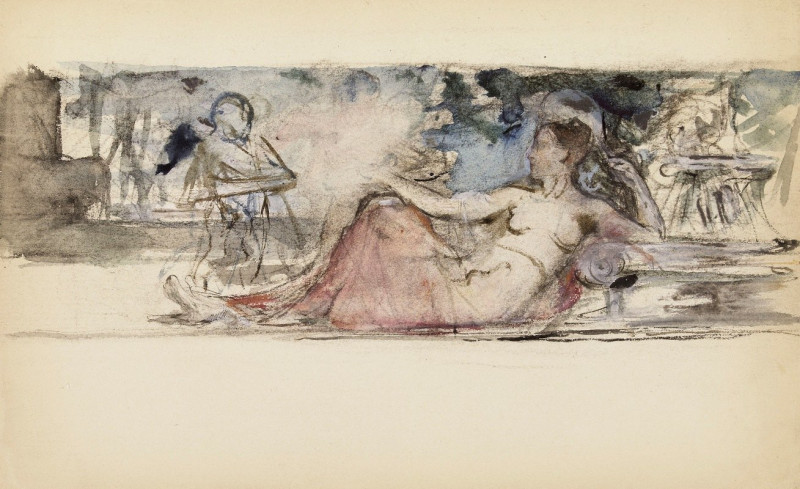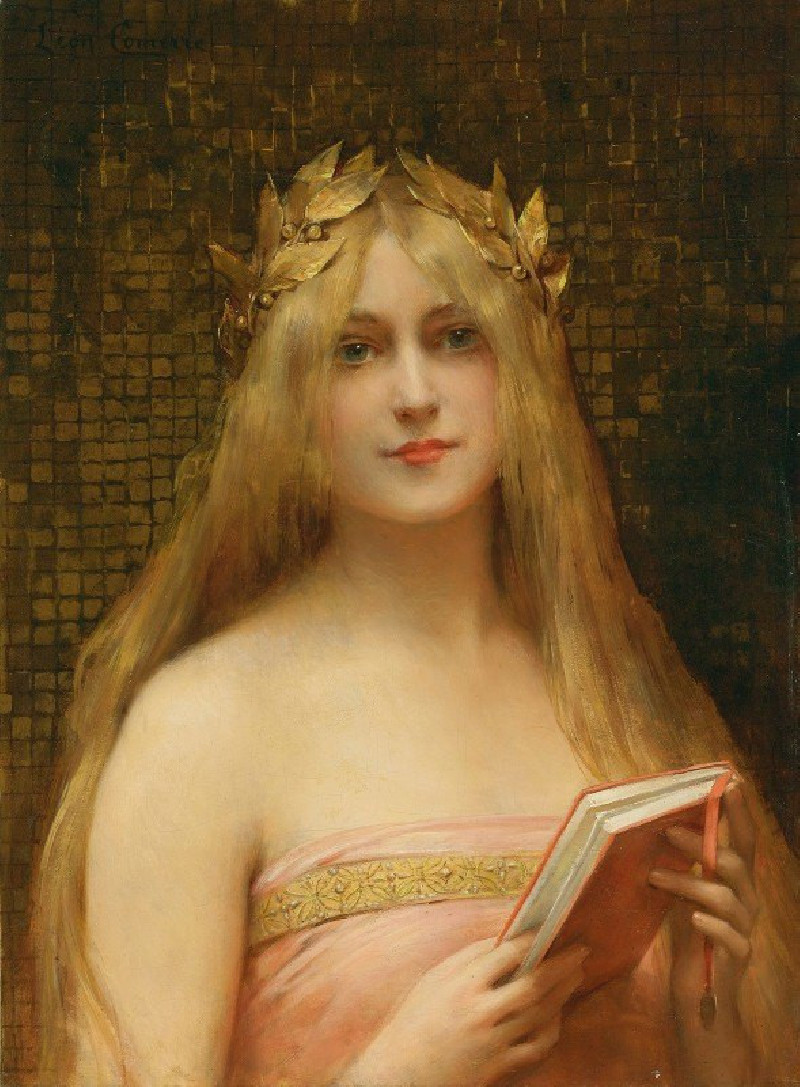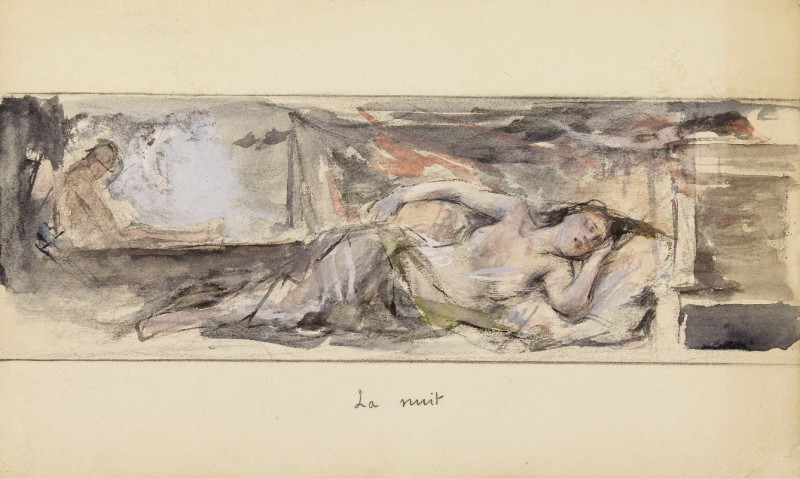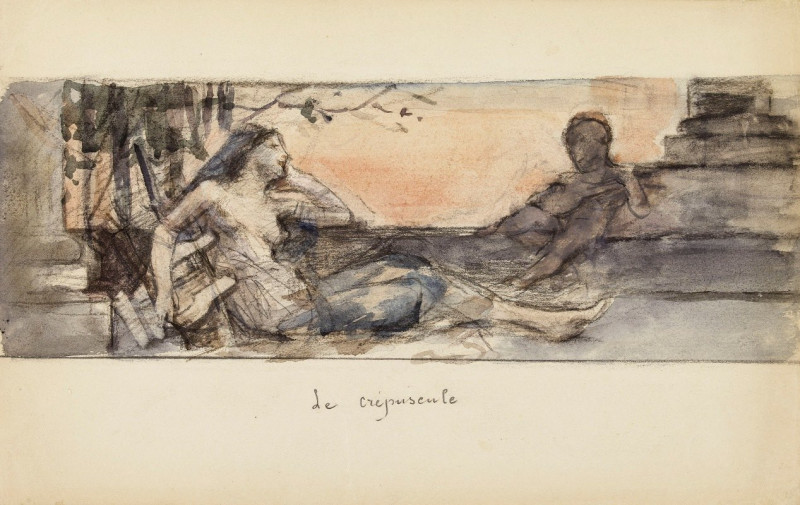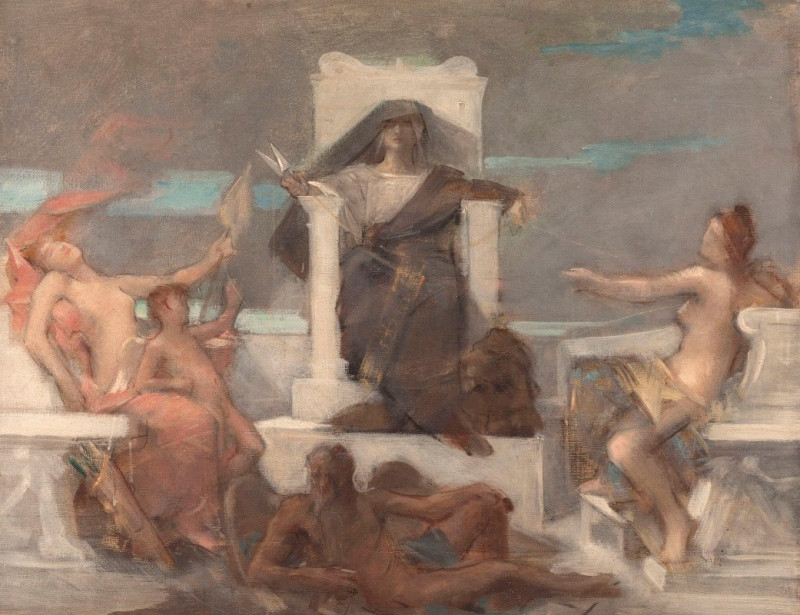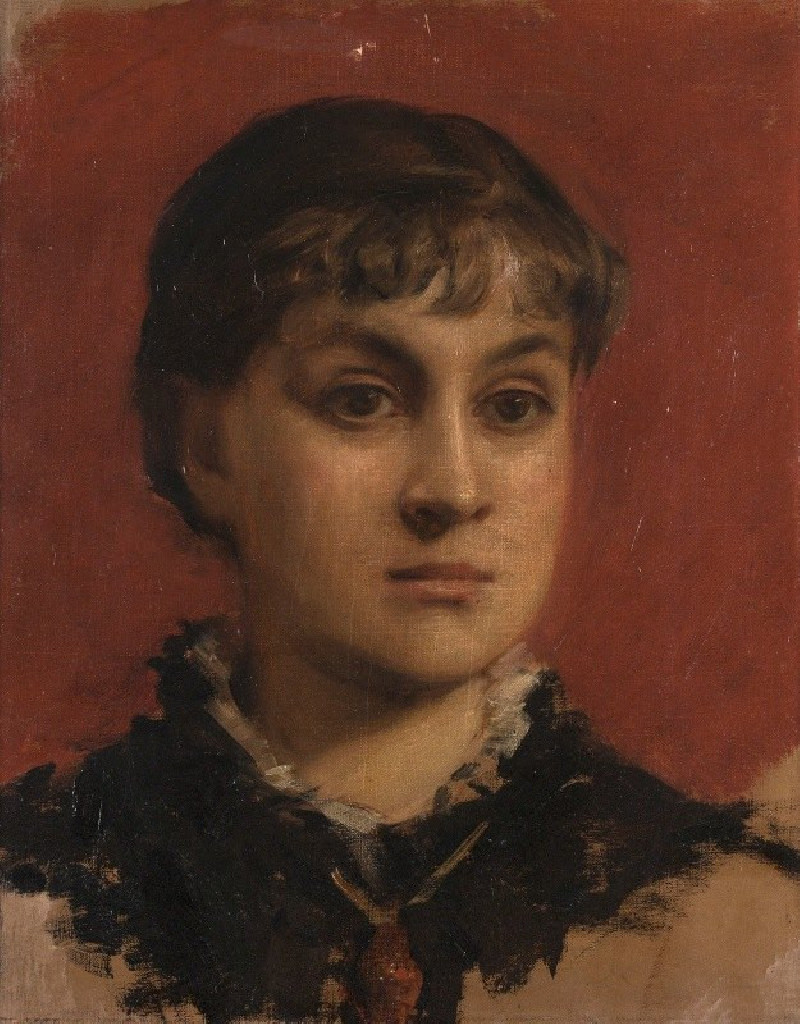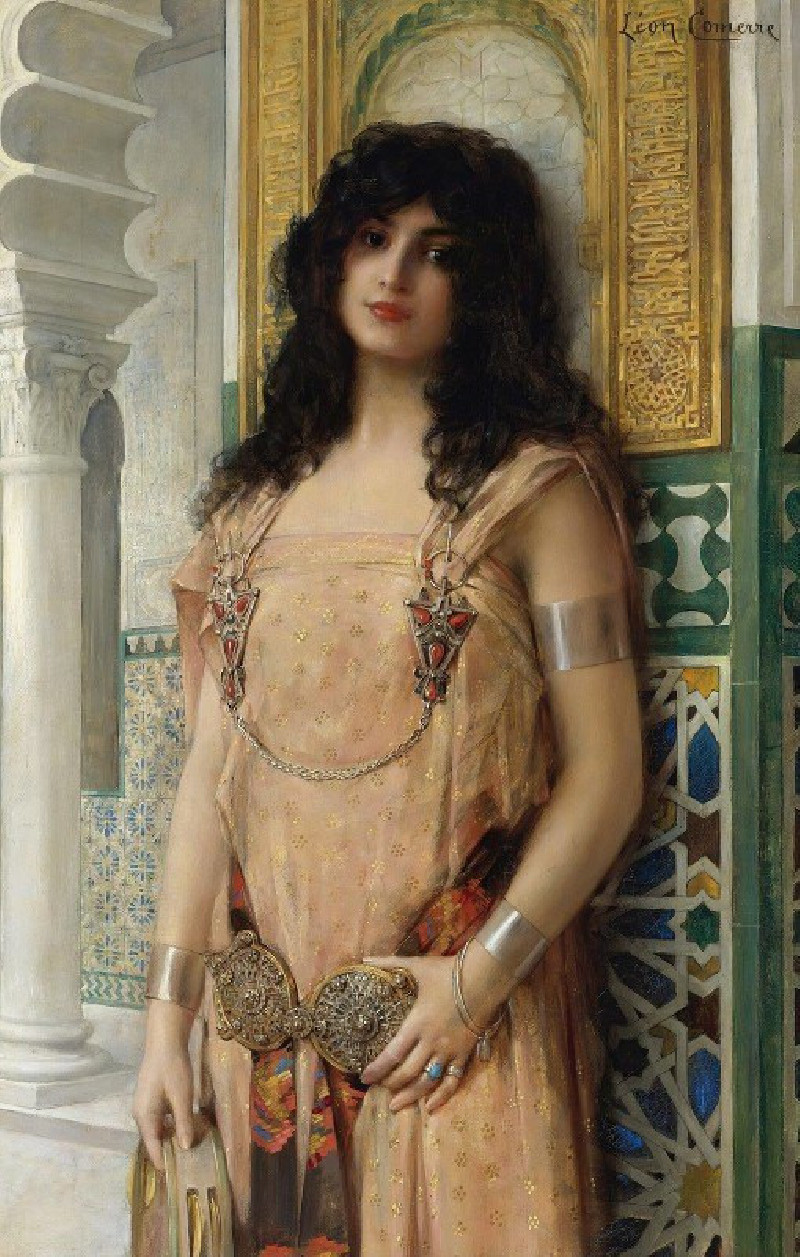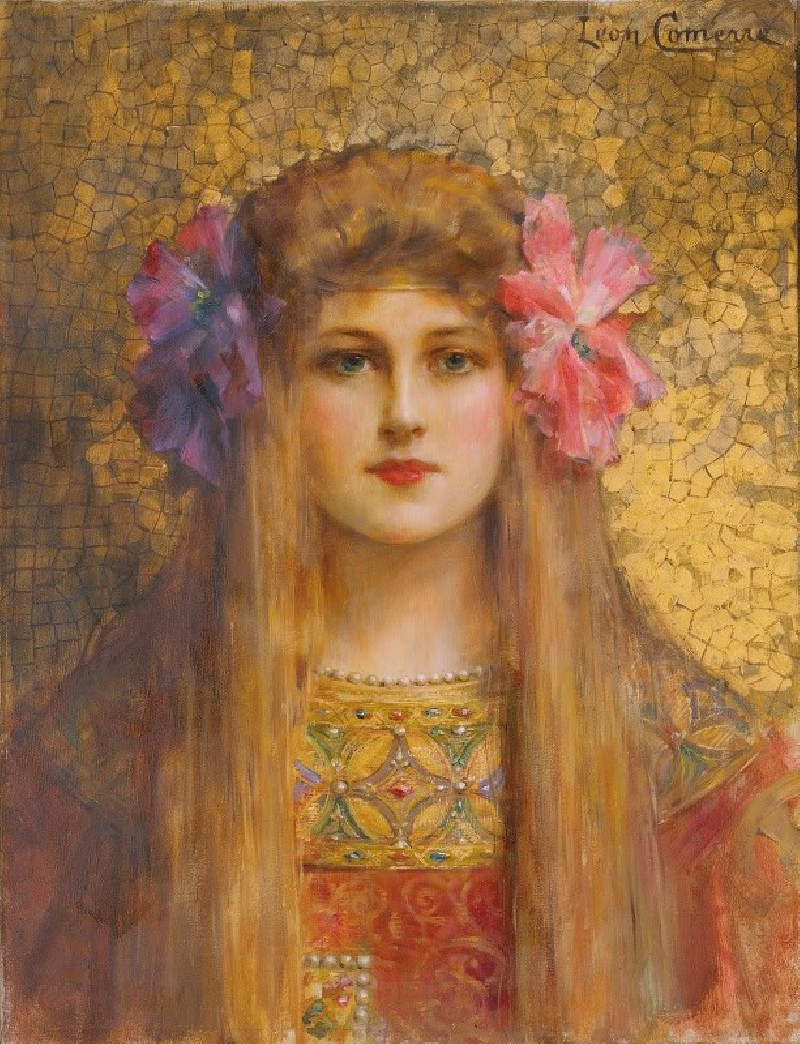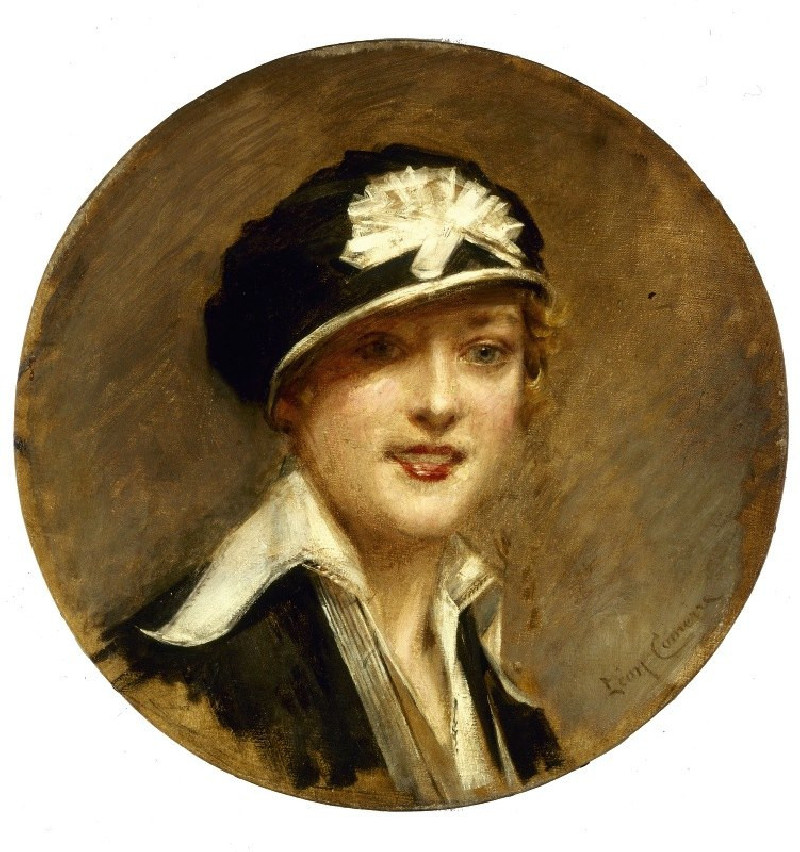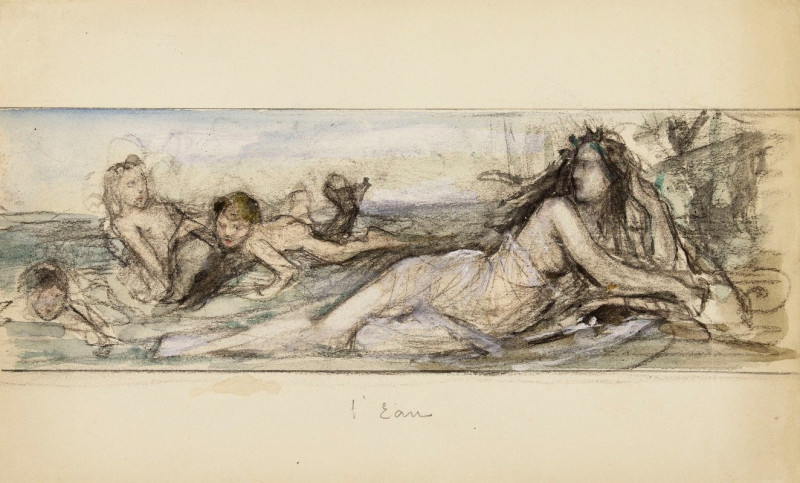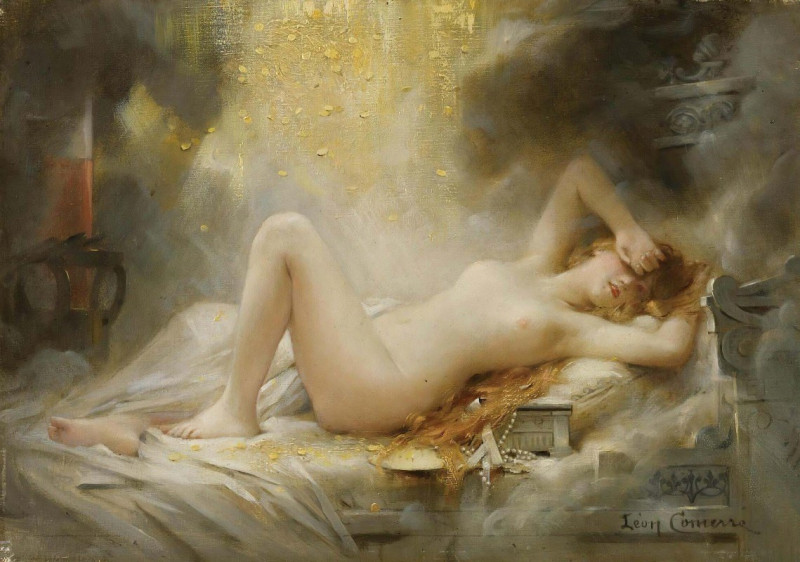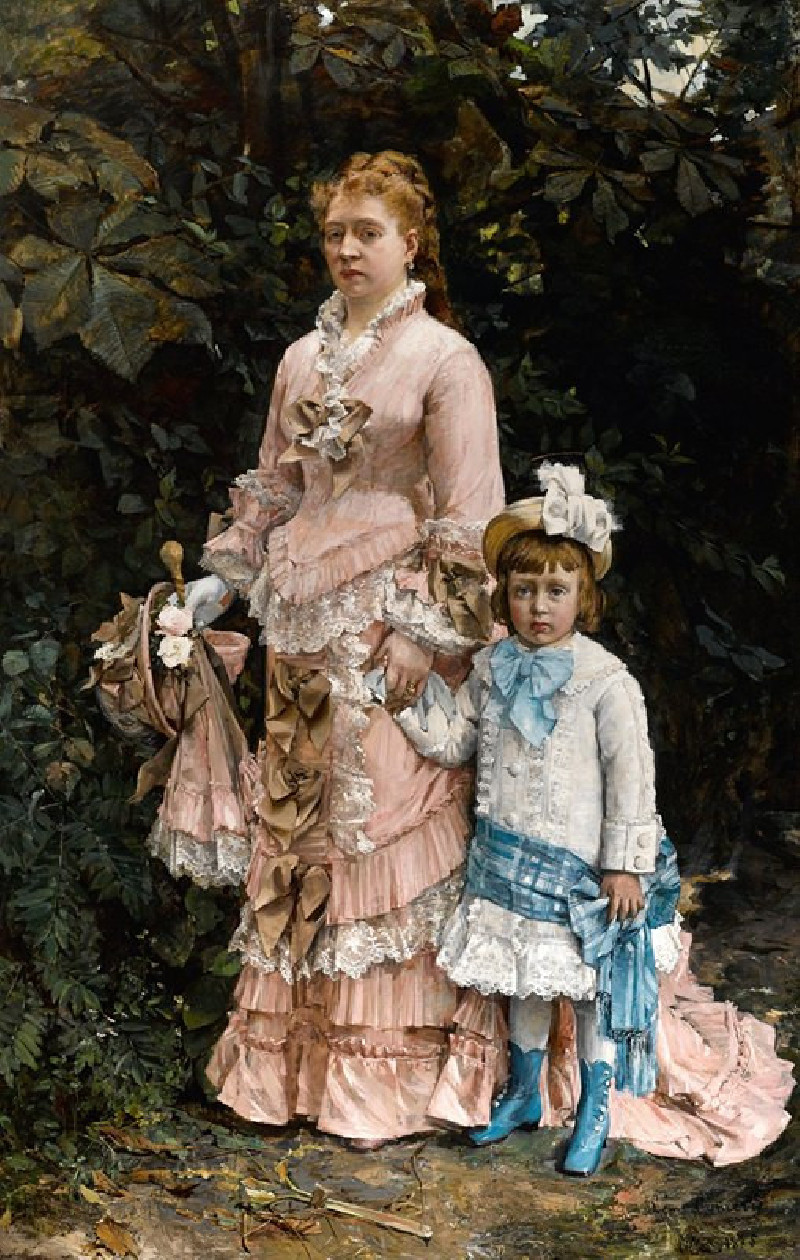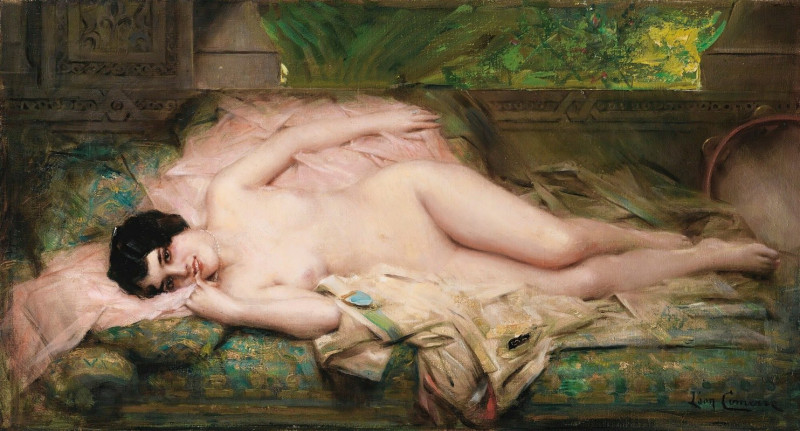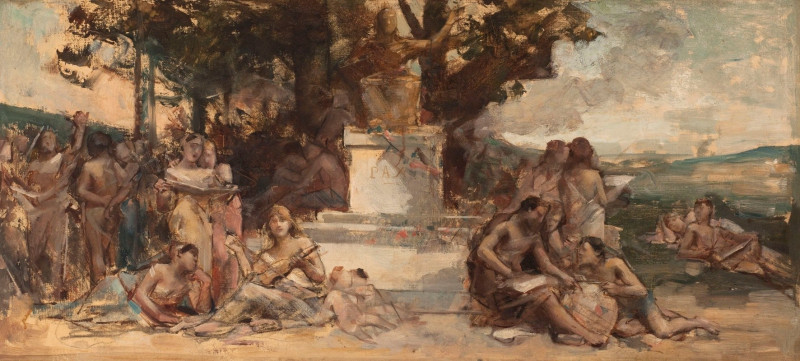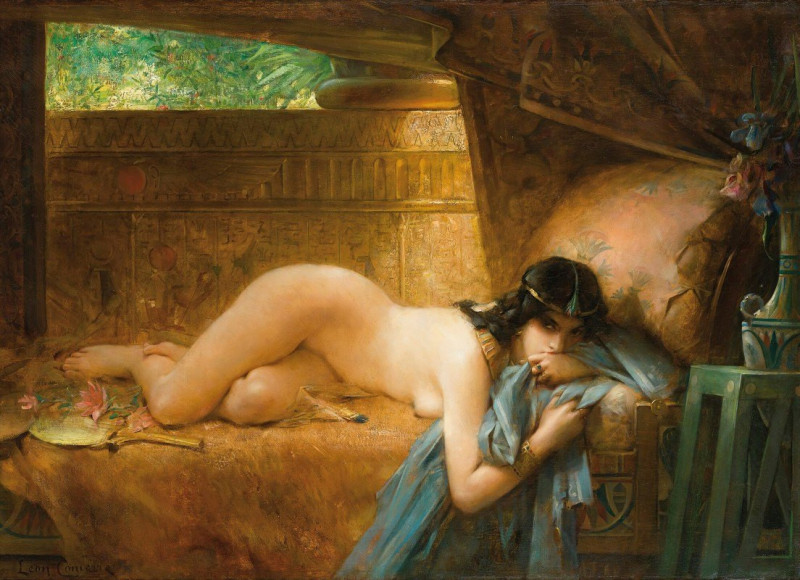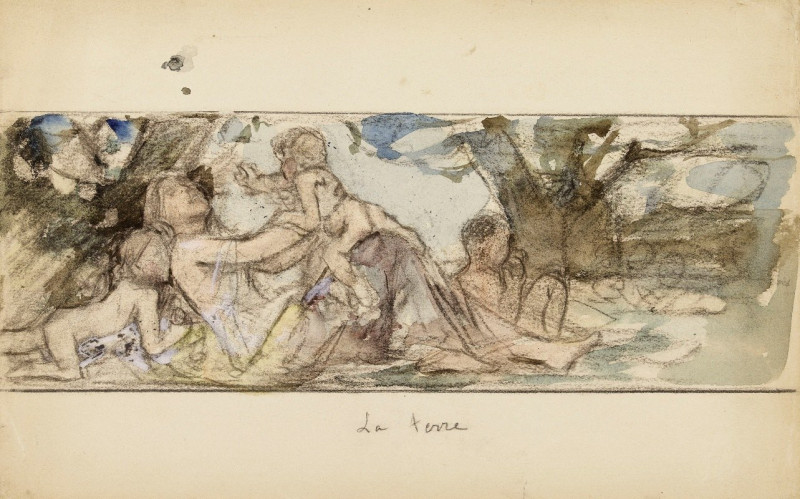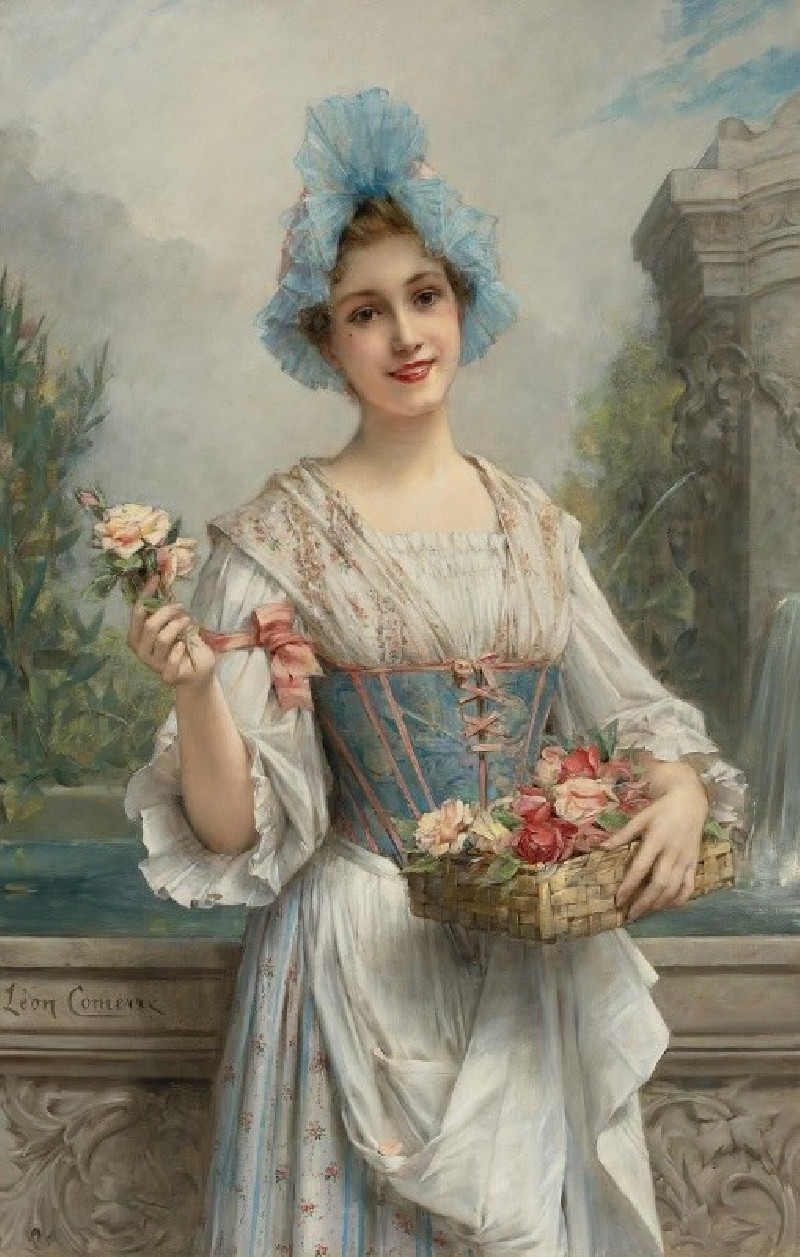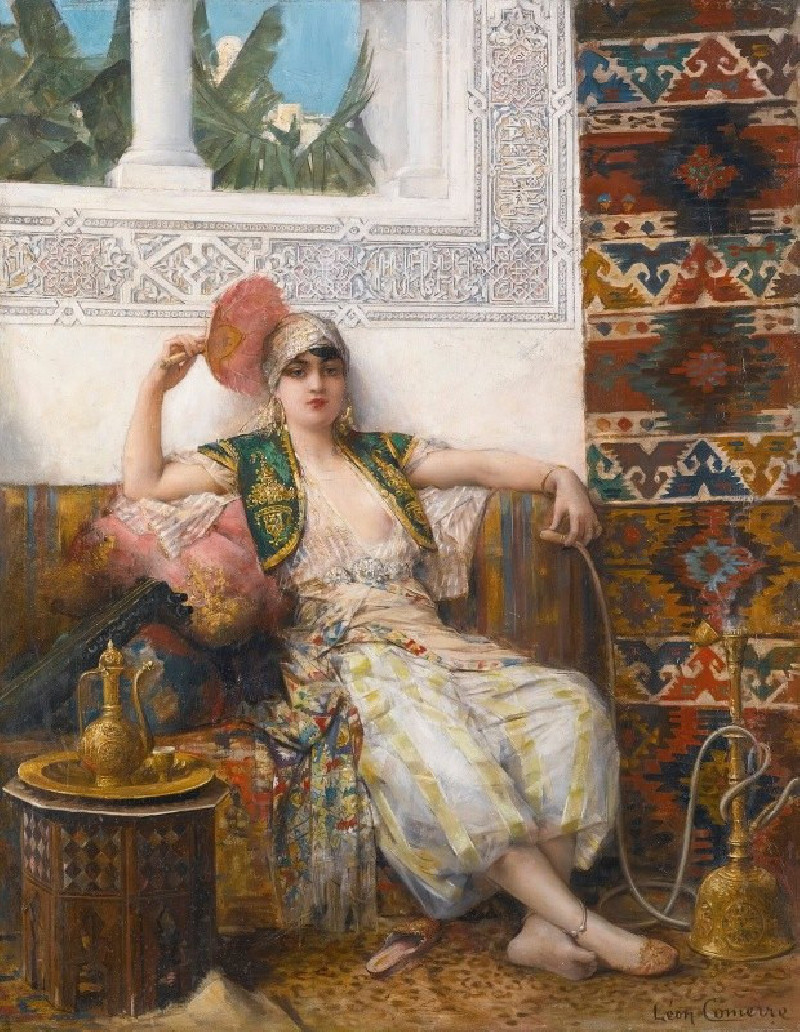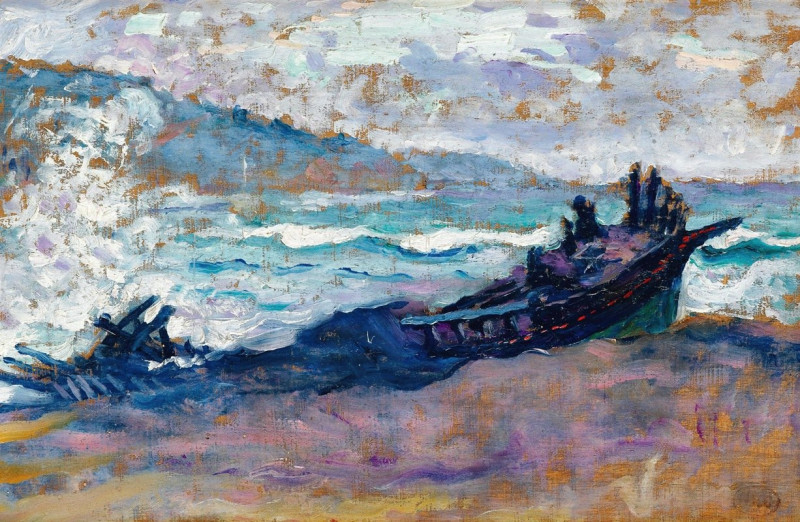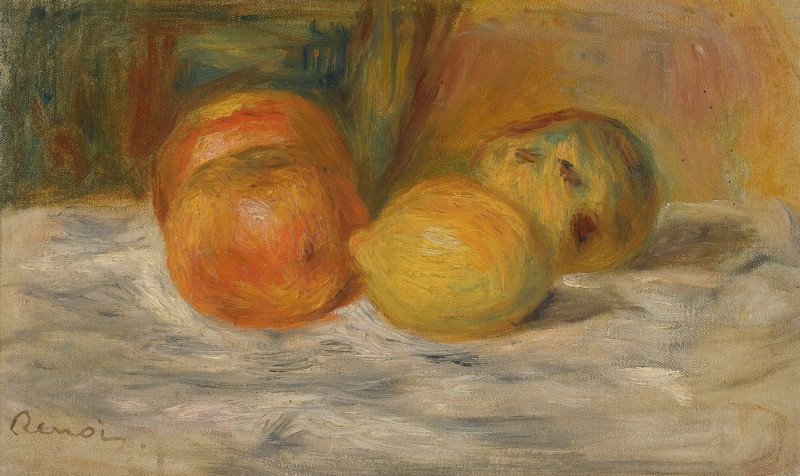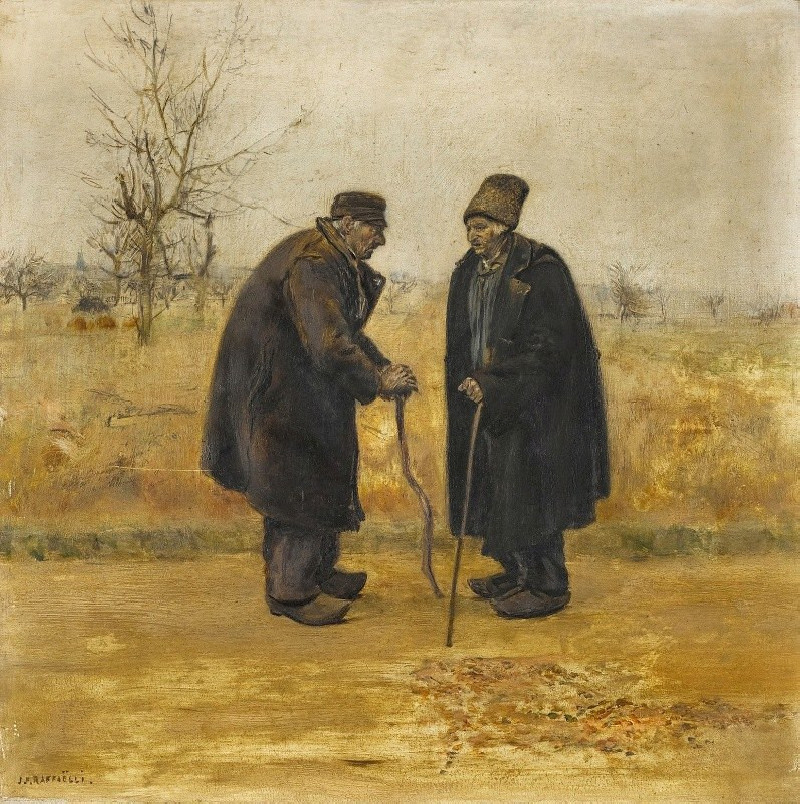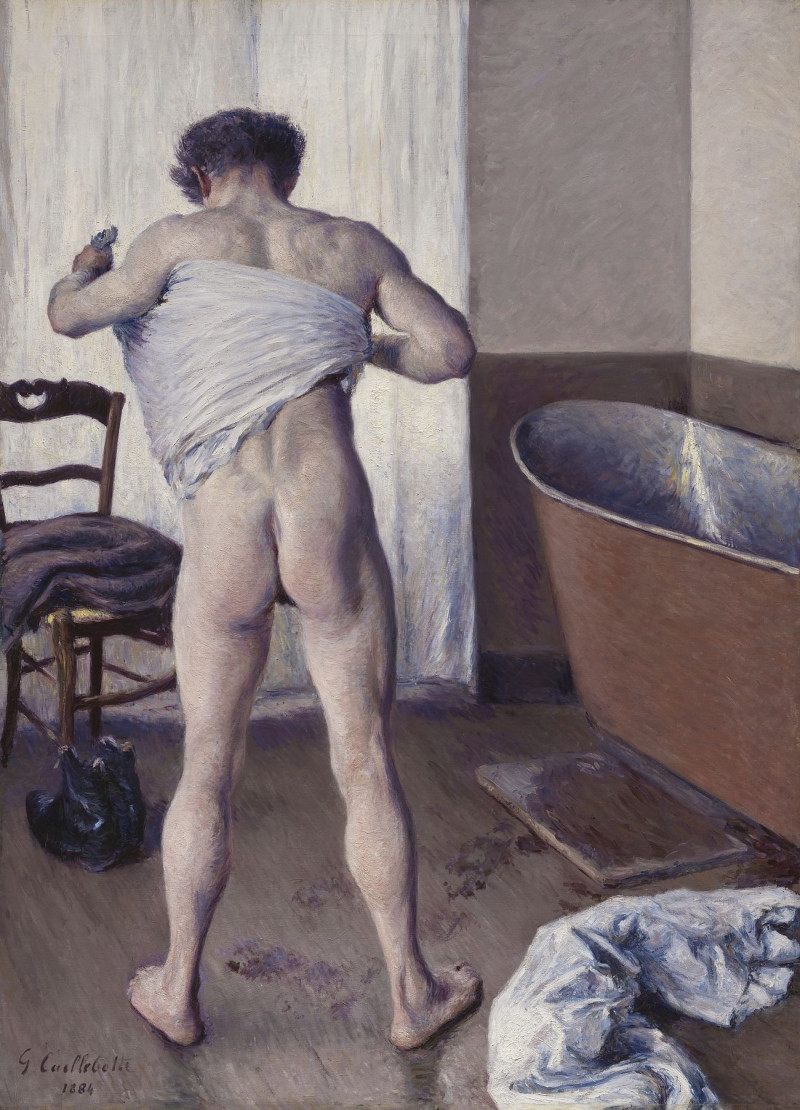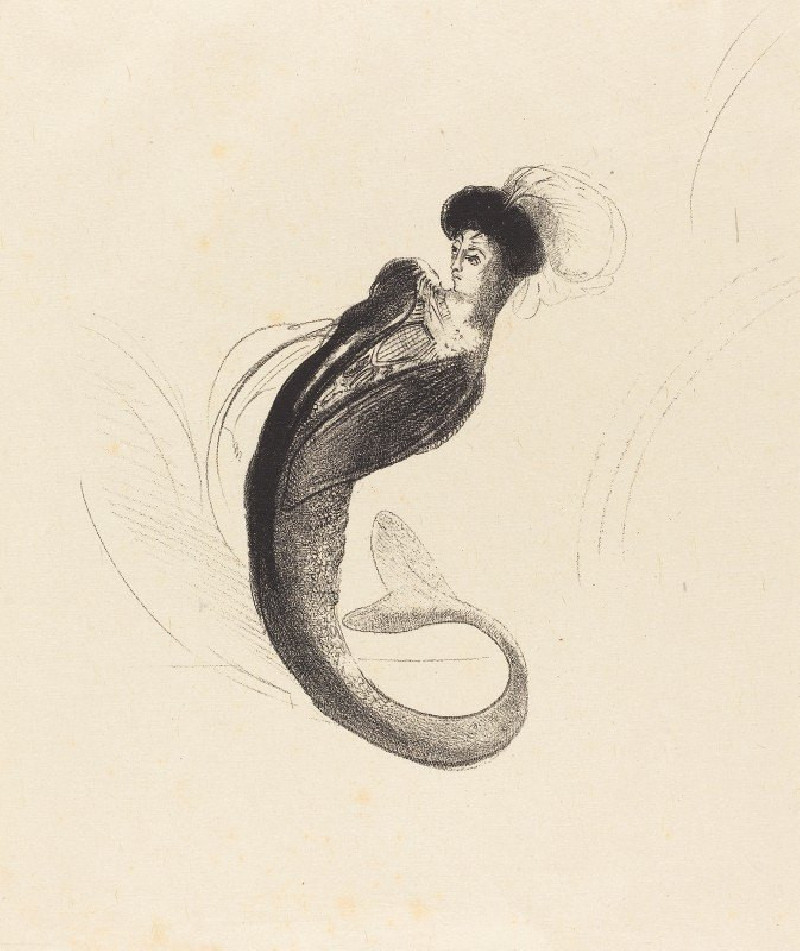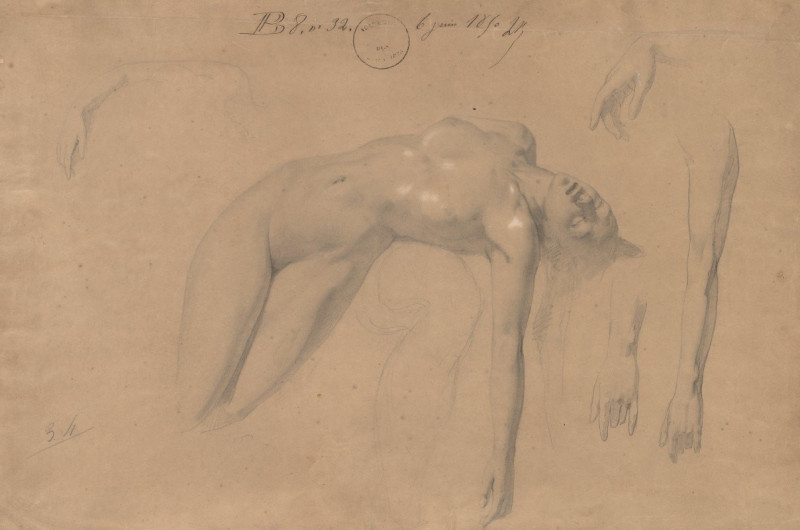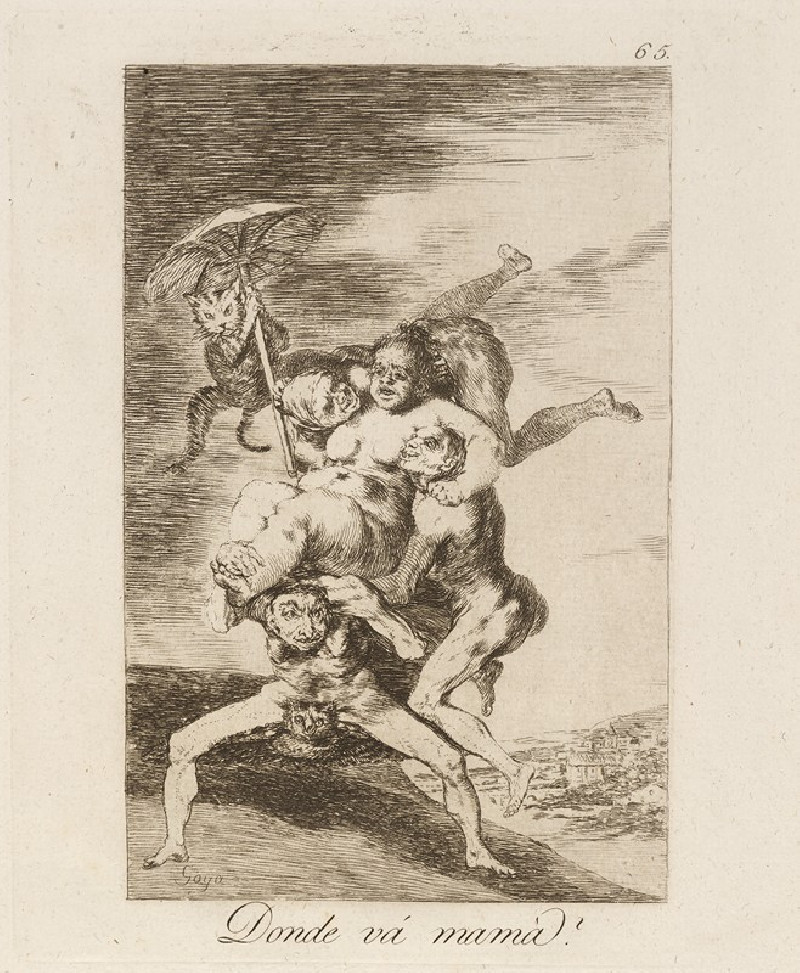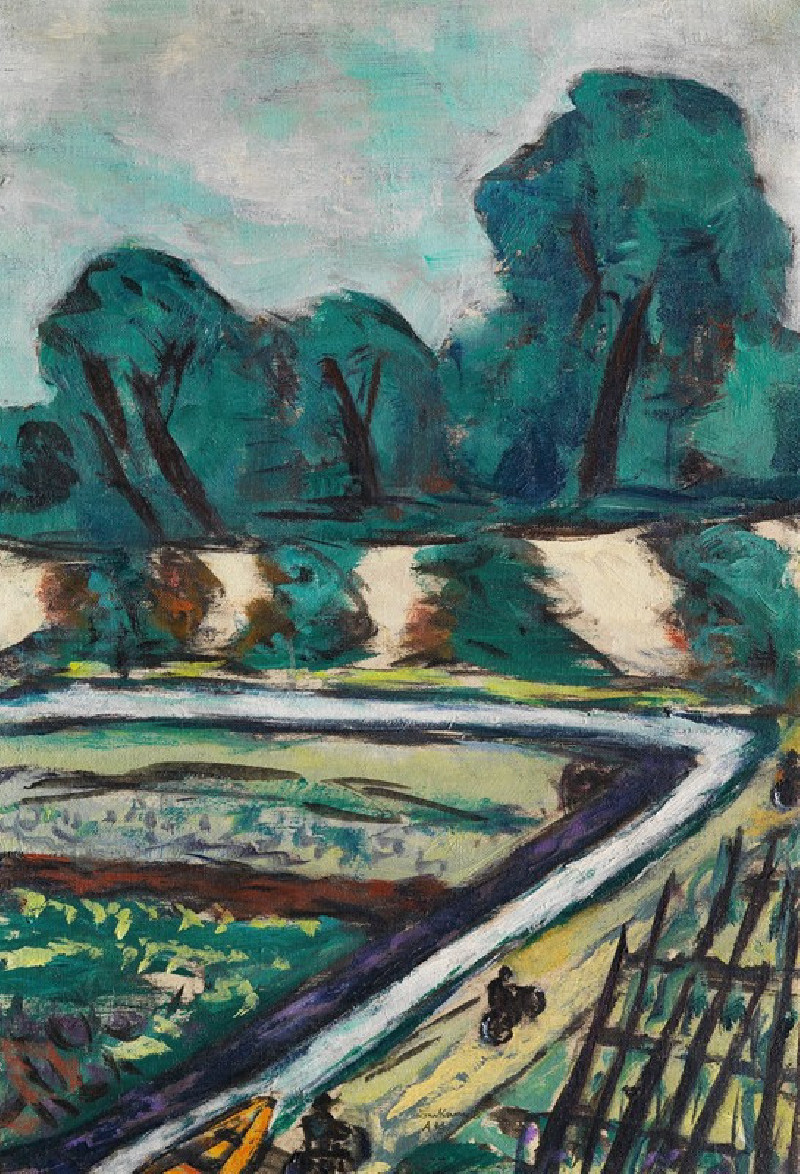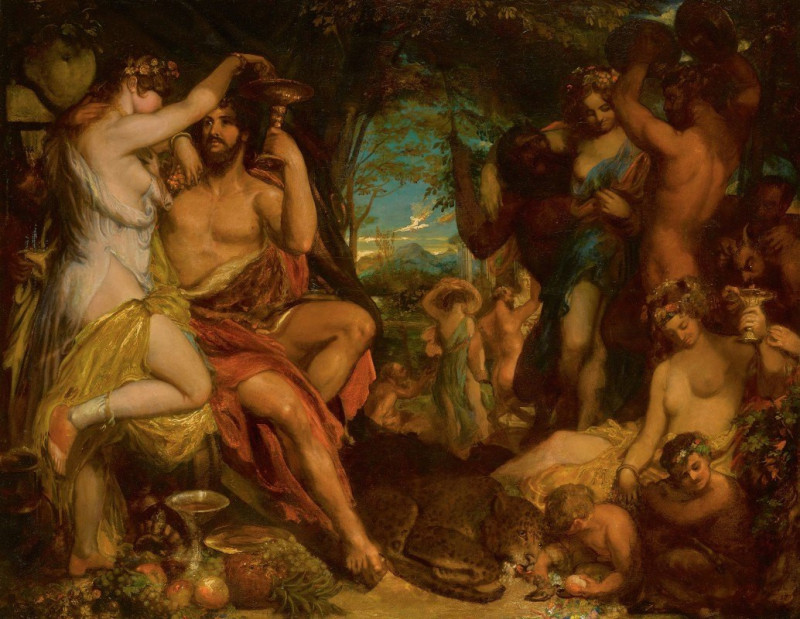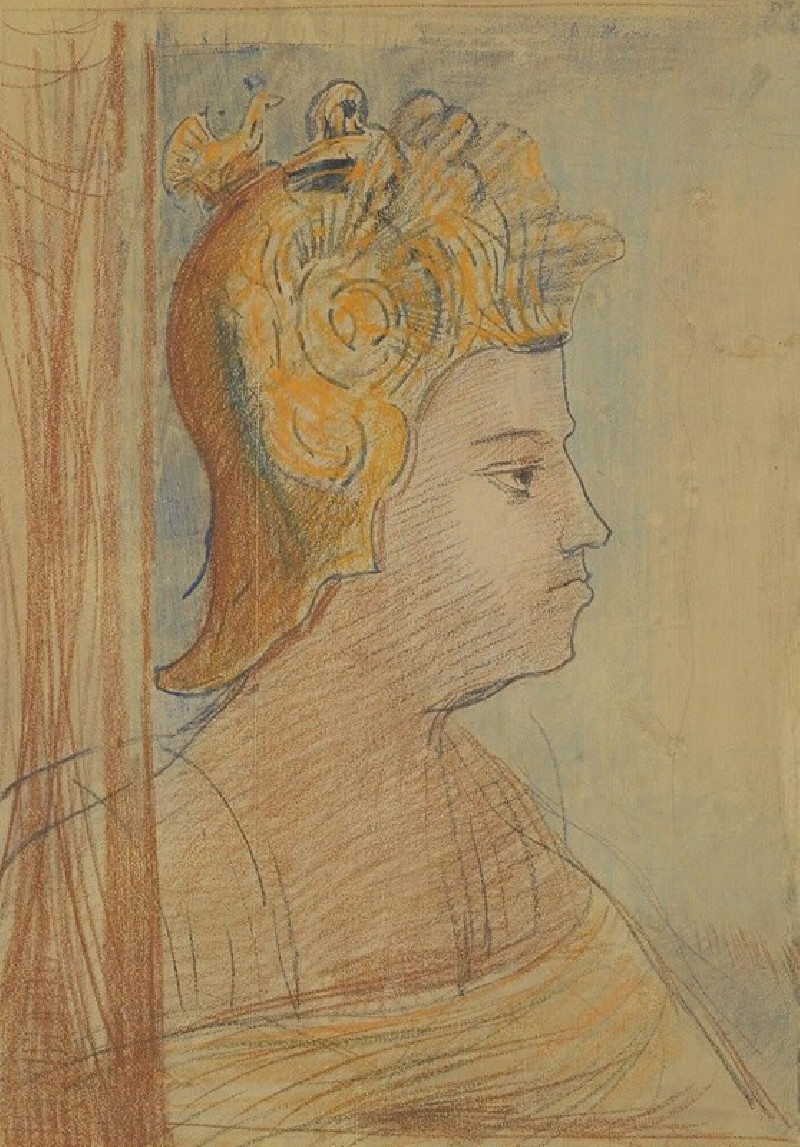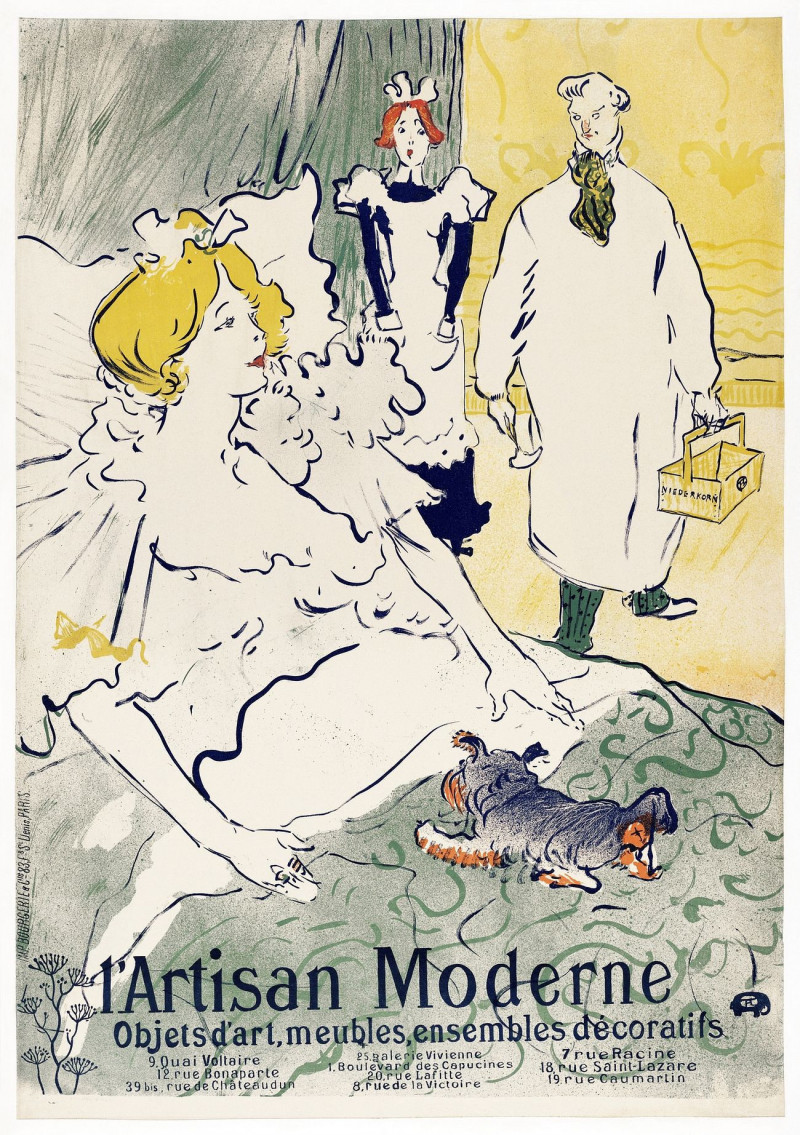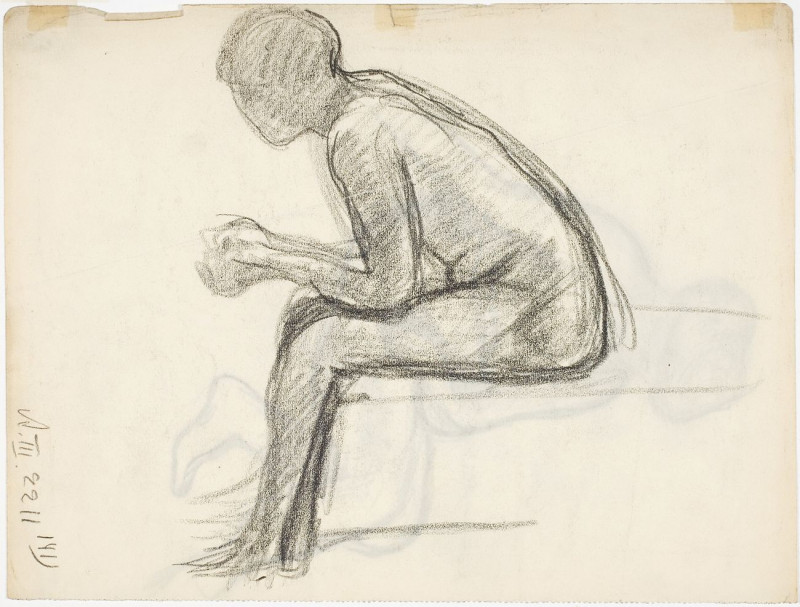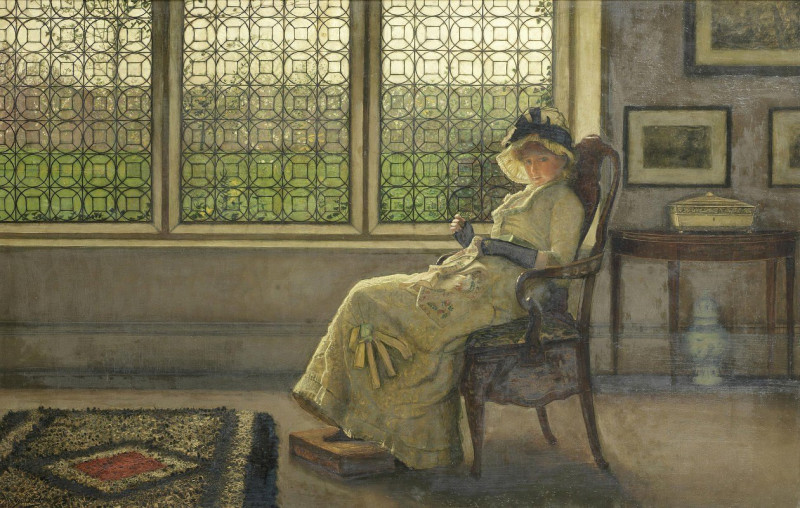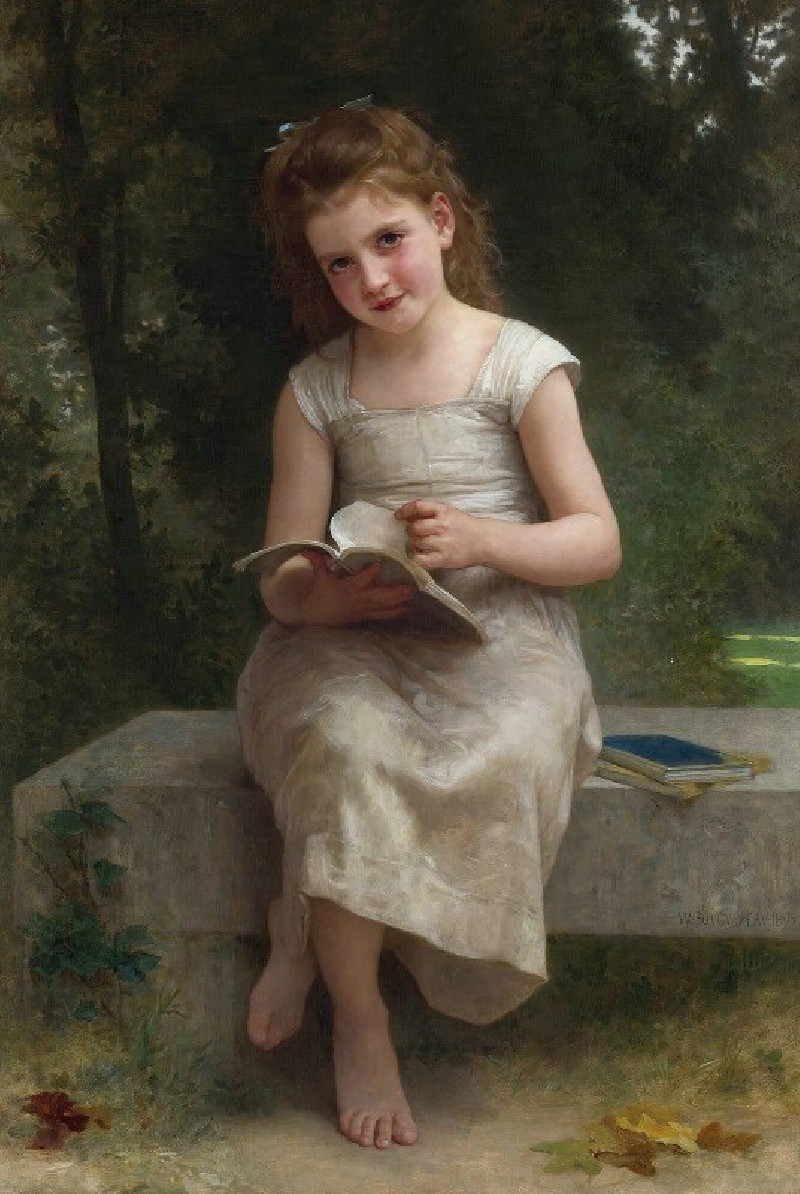Au soleil (1910)
Technique: Giclée quality print
Recommended by our customers
More about this artwork
Explore the ethereal beauty of Léon François Comerre's 1910 masterpiece, "Au Soleil" on our website. This exquisite painting captures two figures in a delicate dance with light and nature. The central figure, a nude woman, stands gracefully under a canopy of lush green leaves, her form illuminated by the gentle kiss of sunlight. Her pose, with arms gently lifted to hold a flowing veil above her head, suggests a moment of serene, almost ritualistic communion with the natural world. To her side, another figure gazes upward with an expression of joy and admiration, adding a layer of interaction and narrative intrigue.Comerre's skillful use of light and texture invites the viewer into a moment frozen in time, where the tranquility of the natural world converges with human grace and beauty.
Delivery
Returns
Léon François Comerre was a French academic painter, famous for his portraits of beautiful women and Oriental themes.
Comerre was born in Trélon, in the Département du Nord, the son of a schoolteacher. He moved to Lille with his family in 1853. From an early age he showed an interest in art and became a student of Alphonse Colas at the École des Beaux-Arts in Lille, winning a gold medal in 1867. From 1868 a grant from the Département du Nord allowed him to continue his studies in Paris at the famous École nationale supérieure des Beaux-Arts in the studio of Alexandre Cabanel. There he came under the influence of orientalism.

